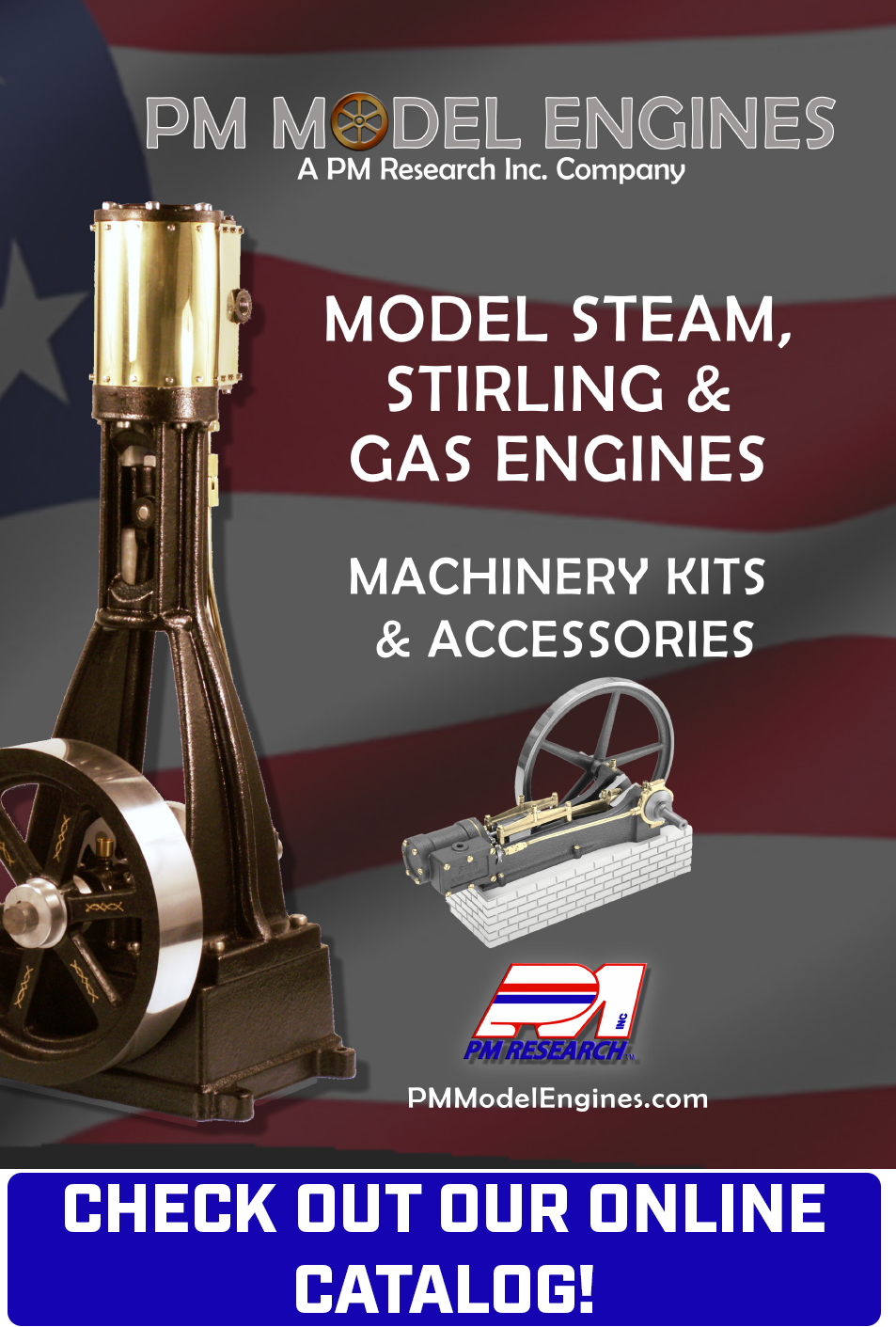Engine Animation
The most valuable characteristic of steam is that it occupies 1,700 times more volume in its boiled gaseous state than in its liquid water form (at an ambient pressure of one atmosphere). Machines dating back to the time of the Greeks have used the qualities of steam to create motion. Thomas Newcomen, however, became the first inventor to harness the power of steam with a piston driven engine in 1712. Known as the “atmospheric engine”, it utilized the condensation of steam to create a vacuum driven power stroke. Steam soon began to replace the water wheel, allowing factories to be built far away from rivers. It was this expansion that helped drive the Industrial Revolution.
High pressure steam engines were soon developed that used expanding steam, rather than condensing steam, to deliver more powerful and doubly efficient machines. The complexity and diversity of steam engine design increased rapidly. Different sizes and shapes of engines were soon being used to conduct small tasks such as churning butter in farm houses, pushing and pulling mechanical linkages through the oil fields of Pennsylvania, and spinning a cacophony of belt driven factories around the world.
Many ocean liners were fitted with large marine steam engines, not only because of their great reliability but also because of their great efficiency. Double and triple expansion engines forced expanding steam through a series of pistons before eventually letting the gas free, squeezing every ounce of energy from their fuel and allowing the transit of multiple oceans at a time.
Power, rather than efficiency, was the aim for most steam locomotives. Union Pacific’s largest model steam engine, named the Big Boy, developed 6,000 horse power and had a peak tractive effort of 135,000 pounds. Before the end of the second world war, both the LNER Class A4 4468 Mallard and the Milwaukee Road Class F7 steam locomotive reached a speed of 125 miles per hour! Perhaps one of the most amazing examples of an operating steam engine today is the Fairy Queen locomotive, which was built in 1855 it is still ferrying passengers to this day.
Although electric motors existed in early 19th century, it would be more than a century later until electric motors were able to conquer the steam locomotive. The secret to the steam engines success was its immense source of power. Any fuel that could be used to create heat and convert water into steam, could be used to power a steam engine. It is this quality that allows us to continue to produce most of our power with modern steam turbines. Anything from oil to nuclear power can be used to turn water to steam and generate electric power. For this reason, we will likely never see the end of the age of steam.

